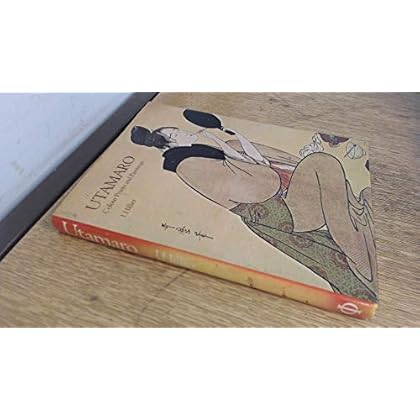Utamaro: Colour Prints and Paintings
Category: Books,Arts & Photography
Utamaro: Colour Prints and Paintings Details
Utamaro is one of the most significant figures in the history of Japanese art, and one who has had an incalculable influence on Western artists. Born in 1753, he lived all his life in Edo, a central figure in a culture that was of the people rather than the aristocracy, and whose typical forms of expression were the Kabuki plays, light novelettes, comic verse and colour-woodcuts. He spans a period during which each of these arts was brought to its point of ultimate achievement, a period, too, of a flux of ideas and the first stirrings of the social and political changes that were to ensue in the 19th century. His work includes designs for some of the loveliest illustrated books in the world, and his broadsheets, at their best, are marked by powers of composition and imaginative design that single him out from all other artists of the color-print movement. Yet although in the West Utamaro is, next to Hokusai, the best-known and most admired of Japanese artists, Mr. Hililer's book - first published in 1961 and now reissued in a revised format - remains the fullest and most comprehensively illustrated monograph in a Western language since Kurth's of 1907. Like other 'Floating World' artists, Utamaro drew his material primarily from the demi-monde of Edo. The courtesans, alone or with her elegant consorts, figures in countless prints, in broth or tea-house, in boating parties along the Sumida River, or among the flowering trees in the pleasure-gardens of Edo. The famous insect book, and the no less remarkable 'Bird' and 'Shell' books, prove his outstanding powers in an entirely different genre. Read more

Reviews
The text is maybe 3-star, but the illustrations are surely 2-star by today's standards. Most prints are small, grainy, and black & white; and the 16 that 'coloured' ones are not Utamaro's best. The first edition was 1961, and my 1979 printing is no better; but it was used (VG) and inexpensive (`$10), so I'm not extremely disappointed.However, there are several newer, much better Utamaro books available which are well worth the additional expense.


